Water Line Replacement Services in Denver & Littleton, CO
The Importance of Water Line Replacement
Drain Terrier is very experienced and equipped to handle any water line replacement. We offer in house excavation services to install a new water line and trenchless water line installation services for less invasive options. We are licensed and insured to ensure your water line replacement is permitted and inspected for top quality installation. Because we complete all work in house with a trained crew, we can offer quality work at competitive pricing.
Water line replacement is crucial for maintaining the overall integrity of a property’s plumbing system. Addressing water line issues promptly offers several benefits, including preventing potential water damage, improving water quality, and increasing water pressure. Signs that indicate the need for water line replacement include low water pressure, discolored water, frequent leaks, and age of the pipes.
When it comes to water line replacement, there are various options to consider. Copper pipes are known for their durability and resistance to corrosion, making them a popular choice for water line replacement. Similarly PEX pipes are also viable options, offering flexibility, ease of installation, and resistance to corrosion and chemical buildup.
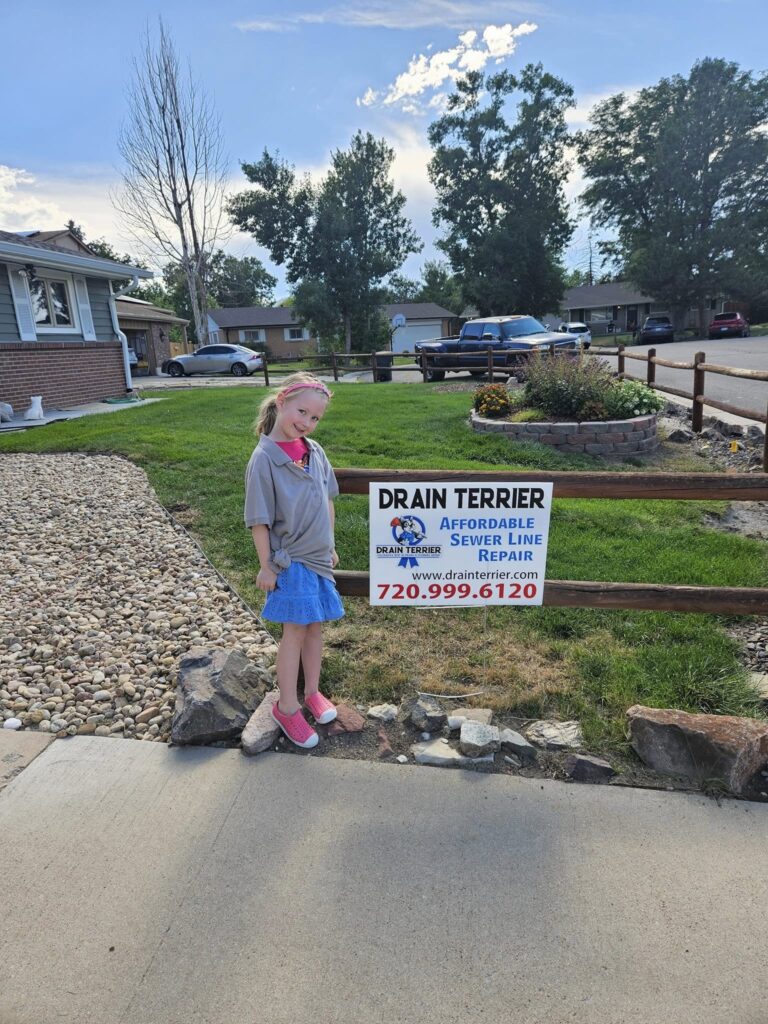
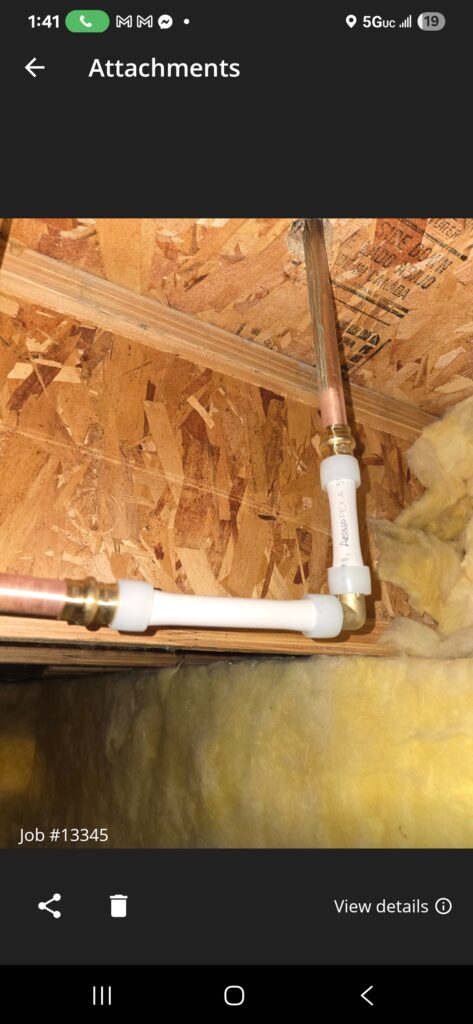

Signs That Indicate the Need for Water Line Replacement
Decreased Water Pressure
Various factors can cause decreased water pressure in your home. A blockage in the water line, such as mineral deposits or debris buildup, can restrict the flow of water and result in low water pressure. Another potential cause is a major water leak, which could be happening underground or within the walls of your home, leading to a loss of water pressure.
To identify the cause of the decreased water pressure, start by checking for any visible signs of a leak or blockage, such as wet spots, mold, or strange odors. If no obvious signs are found, it may be necessary to call a professional plumber to inspect the water line and determine the source of the problem.
It’s important to address decreased water pressure promptly, as it can be a sign of a more serious issue with your plumbing system. By identifying and resolving the cause of the low water pressure, you can ensure that your home’s water supply is functioning properly and efficiently.

Frequent Water Line Leaks
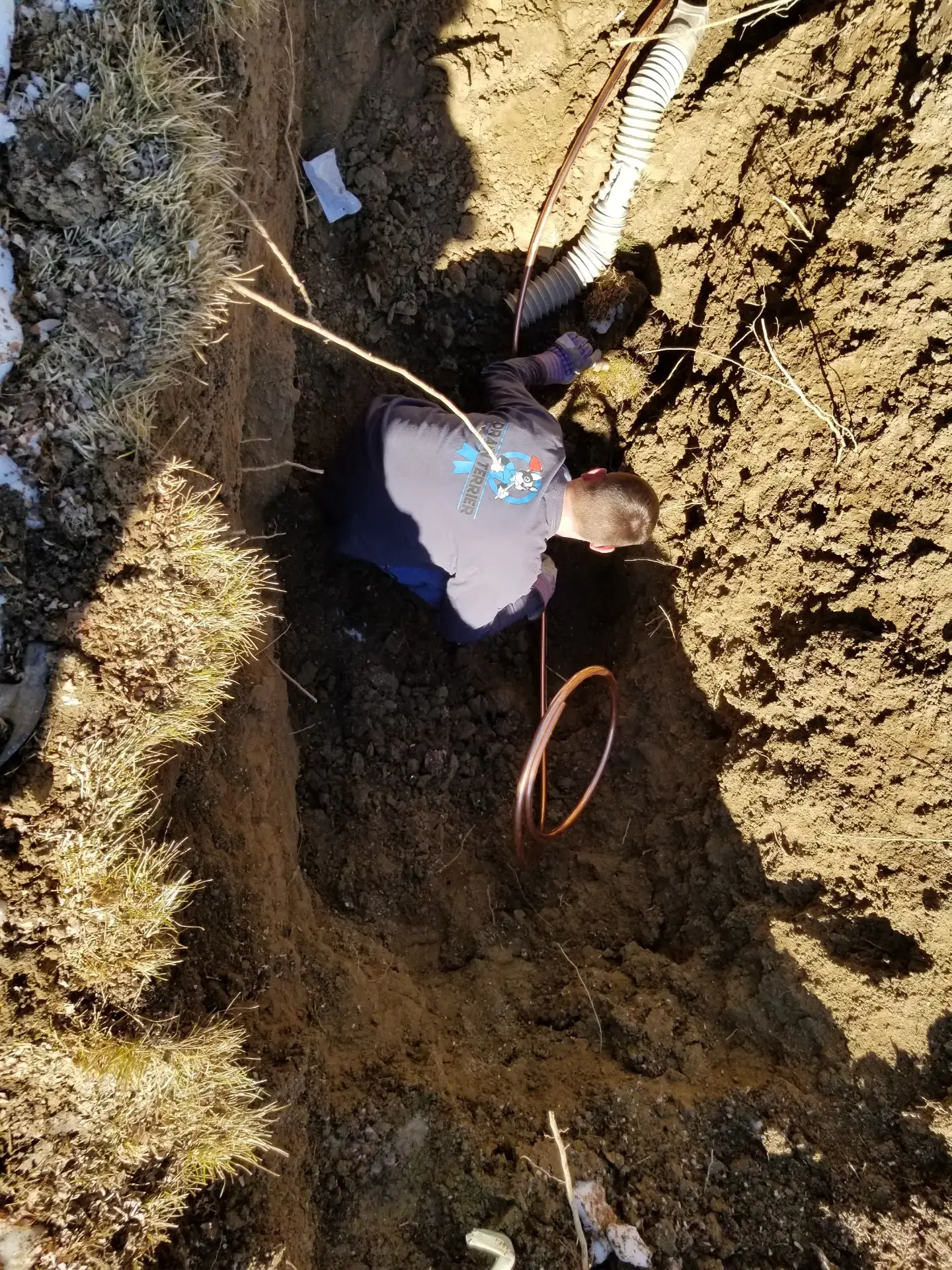
High Water Bills
High water bills can be caused by a variety of issues within your plumbing system. Leaking water lines, running toilets, and dripping faucets are common culprits for excessive water usage and an increase in bills. It’s important to check for any visible signs of leaks, such as damp spots, mold, or mildew, as these can indicate a problem in your plumbing system.
If you suspect a leak, it’s crucial to contact a plumber to assess and repair the issue. Ignoring a potential leak can lead to further damage and even higher water bills in the future. A professional plumber can identify the source of the leak and make the necessary repairs to prevent any more water waste.
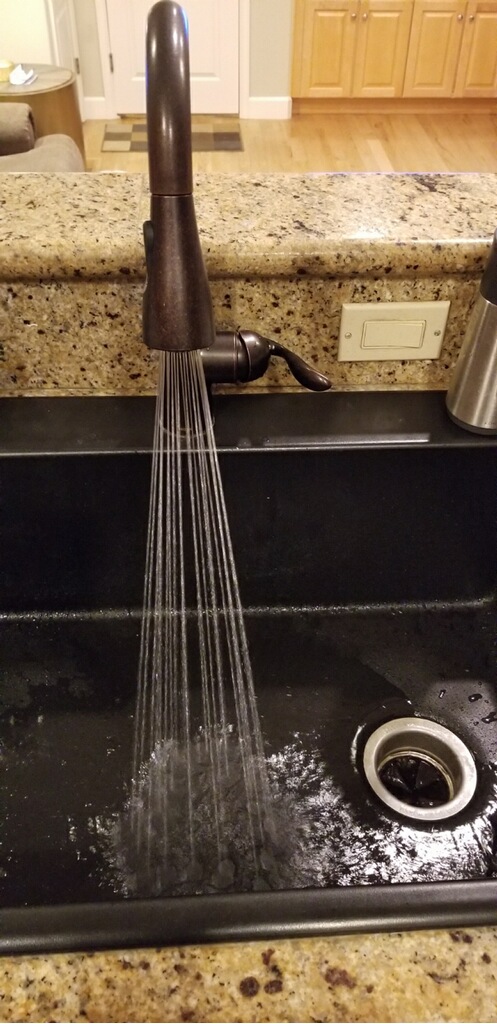
Understanding Water Lines and Their Components
Water Pipes and Their Function
Water pipes play a crucial role in a home’s plumbing system by supplying a continuous flow of fresh water. These pipes are connected to the city’s main water line, which brings water into the home for various uses such as drinking, cooking, bathing, and cleaning. The water pipes are buried underground to protect them from damage and typically have a lifespan of up to 50 years.
Key components of the water line include the water meter, which measures the amount of water usage, and the branch line connection, which distributes water to different areas of the home. Monitoring water usage is important for leak detection and billing purposes. This allows homeowners to identify any leaks in the water pipes and promptly repair them to prevent water wastage and high water bills. Overall, water pipes are essential for ensuring a constant supply of fresh water to a home and require proper maintenance to function effectively.
Water Meters and Monitoring Usage
Water meters are devices that monitor water usage by measuring the flow of water through the main water line and recording the amount in cubic feet or gallons. When water passes through the meter, it causes the meter’s impeller or turbine to rotate, which then activates a magnetic or mechanical mechanism to record the amount of water that has passed through. This data is then used to calculate the volume of water consumed by the building or property.
Water meters play a crucial role in detecting leaks or other water-related problems by monitoring the amount of water used in a building. By keeping track of the water usage, water meters can detect abnormal spikes in consumption, which could indicate a leak or a malfunctioning water fixture. This helps to identify and address potential issues early, preventing water wastage and property damage.
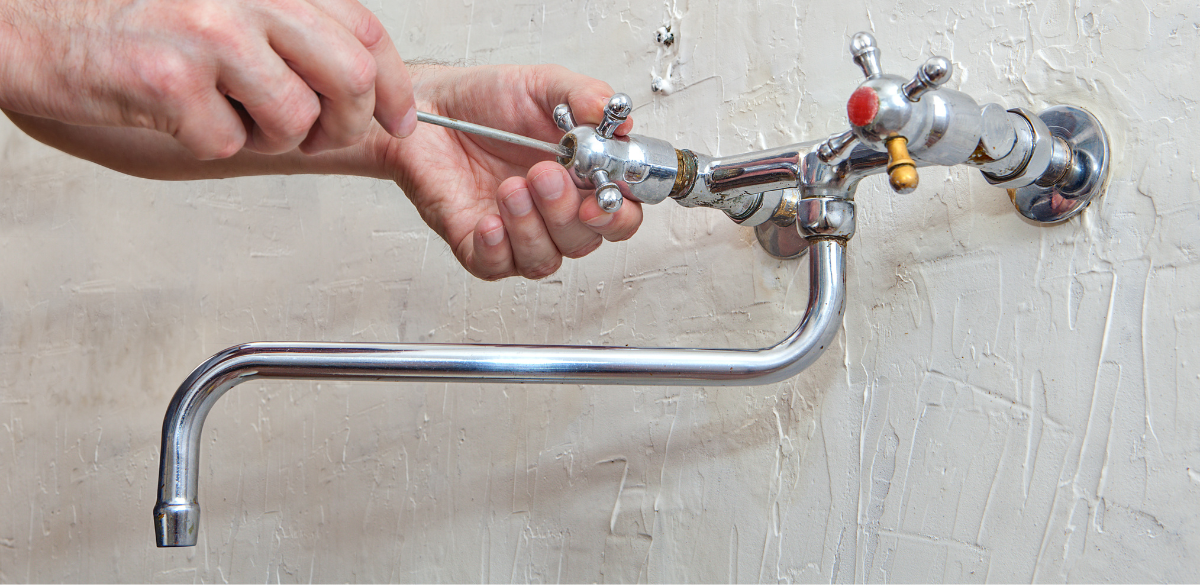
Shutoff Valves and Controlling Water Flow
Shut-off valves come in various types, including ball valves, gate valves, and globe valves. These valves are used to control the flow of water into a building by either fully stopping or regulating the flow. Ball valves are commonly used for main shut-off valves, as they provide a reliable and easy-to-use option for completely stopping the flow of water. Gate valves, on the other hand, are useful for regulating the flow, as they can be partially opened or closed to control the water supply. Globe valves are often found in plumbing systems, where precise flow control is necessary.
In a building, shut-off valves can be found in different locations, including at the main water supply line, under sinks, behind toilets, and near hot water heaters. These valves serve specific functions for different water systems, such as turning off the water supply in case of a leak or maintenance.
Factors Impacting the Need for Water Line Replacement
Age of the Existing Water Line
Tree Root Intrusion and Damage to Pipes
Soil Type Affecting Pipe Deterioration
The type of soil in which water line pipes are installed can have a significant impact on their deterioration over time. Soil acidity, moisture levels, and composition can all play a role in the wear and tear of different pipe materials. Highly acidic soils can corrode metal pipes, while overly moist soils can lead to corrosion and rust. Similarly, soils with high levels of clay or silt can exert pressure on pipes, leading to deformation or cracking.
Common soil types such as sandy, clay, loamy, and rocky soils each have their potential effects on pipe deterioration. Sandy soils, for example, typically have good drainage but can lead to increased movement of pipes due to shifting. On the other hand, clay soils have poor drainage and can cause pipes to corrode due to retained moisture. It is important to select the appropriate pipe material based on the local soil conditions to ensure the longevity of water line pipes. For example, materials such as PVC, HDPE, or ductile iron may be more suitable in certain soil types to resist corrosion and degradation. Understanding the local soil conditions is crucial in selecting the right pipe material for long-lasting water line pipes.
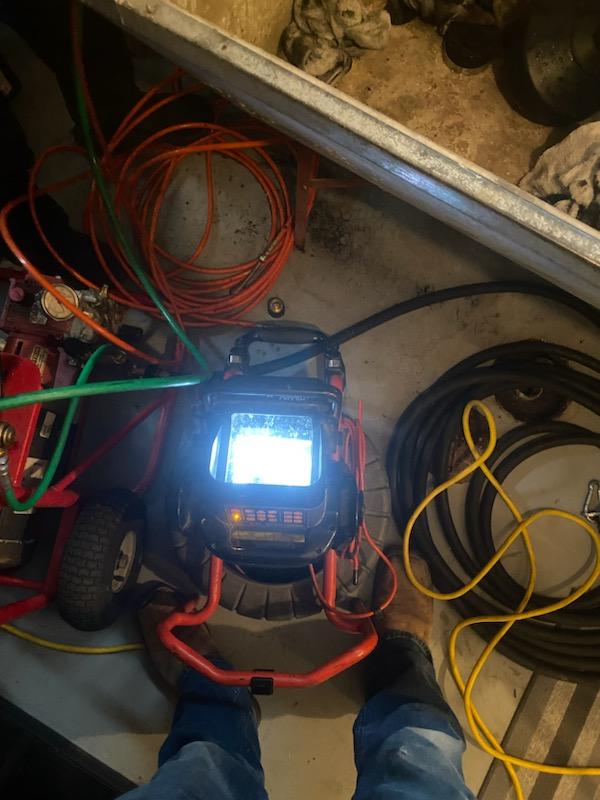

Determining the Cost of Water Line Replacement
When faced with the need for water line replacement, it’s important to understand the factors that determine the cost. Several variables come into play when determining the cost of water line replacement, including the length and depth of the line, the materials used, the condition of the existing line, and the extent of any necessary excavation. By considering these factors and understanding the process of water line replacement, homeowners, contractors, and utility companies can better anticipate the costs involved and make informed decisions.
Average Costs Based on Linear Foot Measurements
The average costs for installing a water main based on linear foot measurements can range from $50 to $150 per linear foot. In high cost of living areas or for difficult-to-access lines, the cost may increase to as much as $250 per linear foot.
These average costs can vary based on several factors. Labor costs, for example, can significantly impact the overall installation expenses. Extensive work required for a particular installation, such as digging through tough terrain or removing existing infrastructure, can also increase the costs. Additionally, the accessibility of the installation site can influence the average costs, as hard-to-reach locations may require additional resources and effort, driving up the overall expenses.
Factors such as the type of soil, local regulations, and the need for additional equipment can also contribute to variations in costs for installing a water main. Therefore, it is important to consider these factors when estimating the average costs for a water line installation based on linear foot measurements.
Drain Terrier: Your Trusted Partner in Water Line Replacement
When faced with the need for water line replacement, reach out to Drain Terrier for unparalleled expertise and reliable services. With a reputation for excellence in the industry, Drain Terrier stands out as a trusted partner in addressing water line issues efficiently and effectively. Our team of experienced professionals is equipped with the latest technology and tools to assess, diagnose, and replace water lines, ensuring a seamless and lasting solution to your plumbing concerns. By choosing Drain Terrier, you not only benefit from our commitment to top-notch service but also from our dedication to customer satisfaction. Don’t let water line problems disrupt your daily life – entrust the job to Drain Terrier and experience the peace of mind that comes with a dependable and expert solution.
Trusted Drain Cleaning Company & Plumbers in Denver & Littleton CO
Plumbing issues can’t wait—and neither should you. With decades of experience, licensed professionals, and 24/7 emergency service, we’re here to handle everything from clogged drains to major repairs quickly and efficiently. As a family-owned business, we take pride in delivering reliable work, honest pricing, and friendly service every time. Serving areas such as Arvada, Aurora, Centennial, Columbine, Denver, Englewood, Greenwood Village, Highlands Ranch, Ken Caryl, Lakewood, Littleton, Parker, Thornton, Westminster, and Wheat Ridge, we’re ready to solve your plumbing problem the right way, the first time. Call us today!
